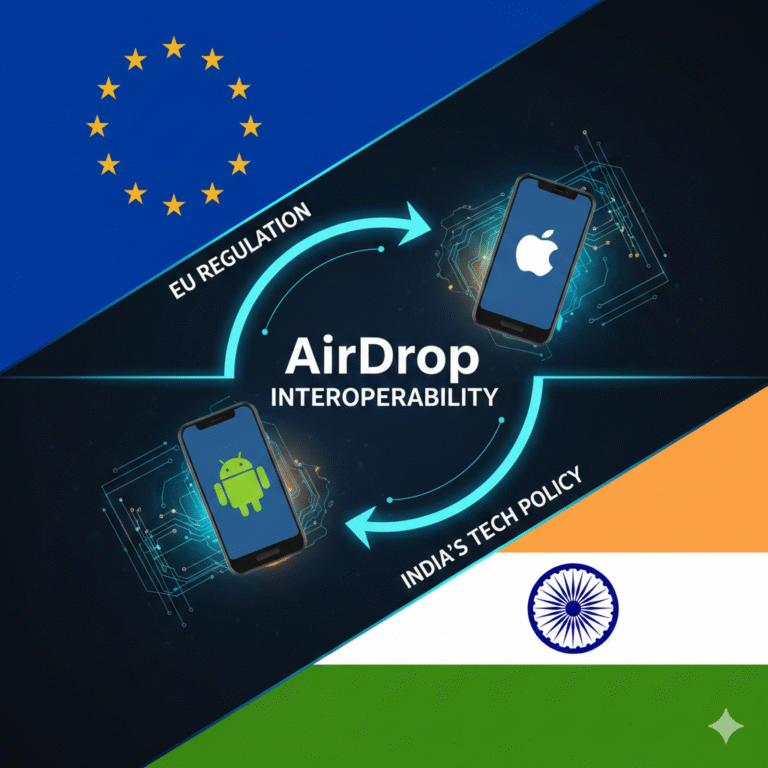War Has a New Front—and It’s Decentralized
When we imagine warfare, tanks, drones, and diplomats come to mind. But in 2025, another battlefield has emerged—a decentralized, digital one, where non-state actors like hacktivist groups are not just participants but primary agents of disruption.
From the shadows of cyberspace, groups like Anonymous, Killnet, Gonjeshke Darande, and Predatory Sparrow are launching cyberattacks that cripple economies, paralyze infrastructure, and influence international policy—often without direct backing from any government.
These are the Digital Proxy Wars—and they’re rewriting the rules of conflict in real time.
🕶️ What Are Digital Proxy Wars?
In traditional proxy wars (e.g., Vietnam, Syria), superpowers back local forces without engaging directly. The digital version follows a similar logic:
- Hacktivist groups act as cyber militias.
- They target rival nations’ critical infrastructure or media narratives.
- Sometimes aligned with a state—but often act autonomously or for ideological reasons.
These groups blur the lines between cybercrime, cyberwarfare, and political activism, making attribution, retaliation, and regulation extremely difficult.
💻 Who Are the Key Hacktivist Groups?
1. 🧑🎤 Anonymous
- Origin: Global, loosely organized since 2003
- Ideology: Anti-censorship, anti-authoritarianism
- Notable Acts:
- Attacks on ISIS propaganda networks
- Leaks of Russian and U.S. documents
- Operations targeting child abuse networks
“We are legion. We do not forgive. We do not forget.” — Anonymous motto
2. 🐦 Predatory Sparrow (Gonjeshke Darande)
- Origin: Likely Israel-linked, highly sophisticated
- Target: Iranian critical infrastructure
- Notable Acts:
- 2022 Iranian steel factory explosion (with physical damage)
- Disruption of gas stations across Iran
- Hacks with cinematic messaging and embedded satire
3. 🦾 Killnet
- Origin: Pro-Russian group, emerged during the Ukraine war
- Target: NATO countries, pro-Ukraine institutions
- Notable Acts:
- DDoS attacks on Estonia, Lithuania, and Italy
- Disruption of hospital websites and government portals
4. 🧩 Cyber Av3ngers & Izz ad-Din al-Qassam Cyber Brigades
- Origin: Iran-linked or Islamist-affiliated
- Target: Israeli military and civilian infrastructure
- Notable Acts:
- Data leaks of Israeli defense personnel
- Attacks on water supply and airports
These groups often blur into state-sponsored operations, especially under the cover of ideological warfare.
⚙️ How Hacktivist Wars Work: Tactics and Tools
| Technique | Description | Why It Matters |
|---|---|---|
| DDoS (Denial of Service) | Flood servers with traffic to knock systems offline | Simple but effective at disrupting infrastructure |
| Phishing & Social Engineering | Trick users into revealing credentials | Can lead to deeper system access |
| Website Defacement | Replace site content with propaganda or threats | High visibility, used for psychological impact |
| Data Leaks | Release confidential files, emails, databases | Used to embarrass, destabilize, or manipulate |
| Malware/Ransomware | Lock down critical systems for ransom or sabotage | Raises cost and fear in target governments |
🌐 What Makes Digital Proxy Wars Dangerous?

1. 🧩 Plausible Deniability
Nations can outsource dirty work to hacktivists and deny involvement—avoiding diplomatic consequences.
2. ⚖️ Lack of Accountability
Hacktivist groups are not bound by rules of war or international law—no Geneva Convention in cyberspace.
3. 🧠 Information Warfare Amplified
Social media enables instant propaganda, deepfakes, and global narrative shaping.
4. 🌎 Collateral Damage
Attacks on civilian infrastructure like banks or hospitals can impact millions of uninvolved people across borders.
🔎 Real-World Case Studies
📍 Ukraine War (2022–Present)
- Anonymous and IT Army of Ukraine vs. Killnet and Sandworm (Russia-linked)
- Results: massive DDoS attacks, military intelligence leaks, satellite communications disrupted
📍 Israel–Iran Digital Escalation
- Gonjeshke Darande and Predatory Sparrow vs. Iranian groups like Cyber Avengers
- Cyberattacks have resulted in:
- Gas station chaos
- Leaked security camera feeds
- Infrastructure failures and psychological warfare
📍 U.S.–China Quiet Conflict
- Ongoing quiet cyber-proxy war through groups targeting semiconductors, naval data, and universities
🛑 Are These Groups Independent?
It depends.
| Group | State Connection? | Notes |
|---|---|---|
| Anonymous | No (ideological) | Sometimes aids governments, sometimes attacks them |
| Killnet | Likely Kremlin-tolerated | Pro-Russian rhetoric and shared objectives |
| Predatory Sparrow | Possibly linked to Mossad | Precise, surgical, often leaves English-language hints |
| Iranian cyber brigades | Aligned with IRGC or proxies | Used to test cyber weapons in gray zones |
Governments often enable or tolerate these actors, giving them tools or platforms to operate—without official acknowledgment.
⚖️ Global Law vs. Hacktivist Reality
There’s a glaring gap in the international legal framework:
- No unified cybercrime treaty
- No enforcement mechanisms across borders
- No protocol for cyber retaliation or escalation thresholds
Hacktivist warfare thrives in these loopholes—where technology outpaces diplomacy.
🔮 What the Future Holds
🔁 Permanent Proxy Conflicts
Cyber groups will increasingly be part of permanent digital conflict theaters, where war never ends—just evolves.
🎭 AI + Deepfake Integration
AI-generated propaganda, voice cloning, and deepfake videos will become key hacktivist tools in disinformation wars.
🧬 Personalized Psychological Warfare
Using leaked data, attackers can target individuals at scale, manipulating public mood, elections, and markets.
🧠 Final Thoughts: Invisible Armies, Visible Impact
The age of traditional war is not over—but it’s being reshaped by digital forces that operate beyond laws, borders, or morality. Hacktivist groups are the militias of cyberspace, and their power is growing faster than our ability to contain them.
In this era of asymmetric, borderless conflict, understanding digital proxy wars isn’t just for governments—it’s for all of us.
Because your bank, power grid, water supply, and even your thoughts could be part of the next silent battlefield.
Suggested Read:
States’ use of non-state actors in cyberspace
A growing geopolitical weapon
Growing convergence of geopolitics and cyber warfare
Save to read list









+ There are no comments
Add yours